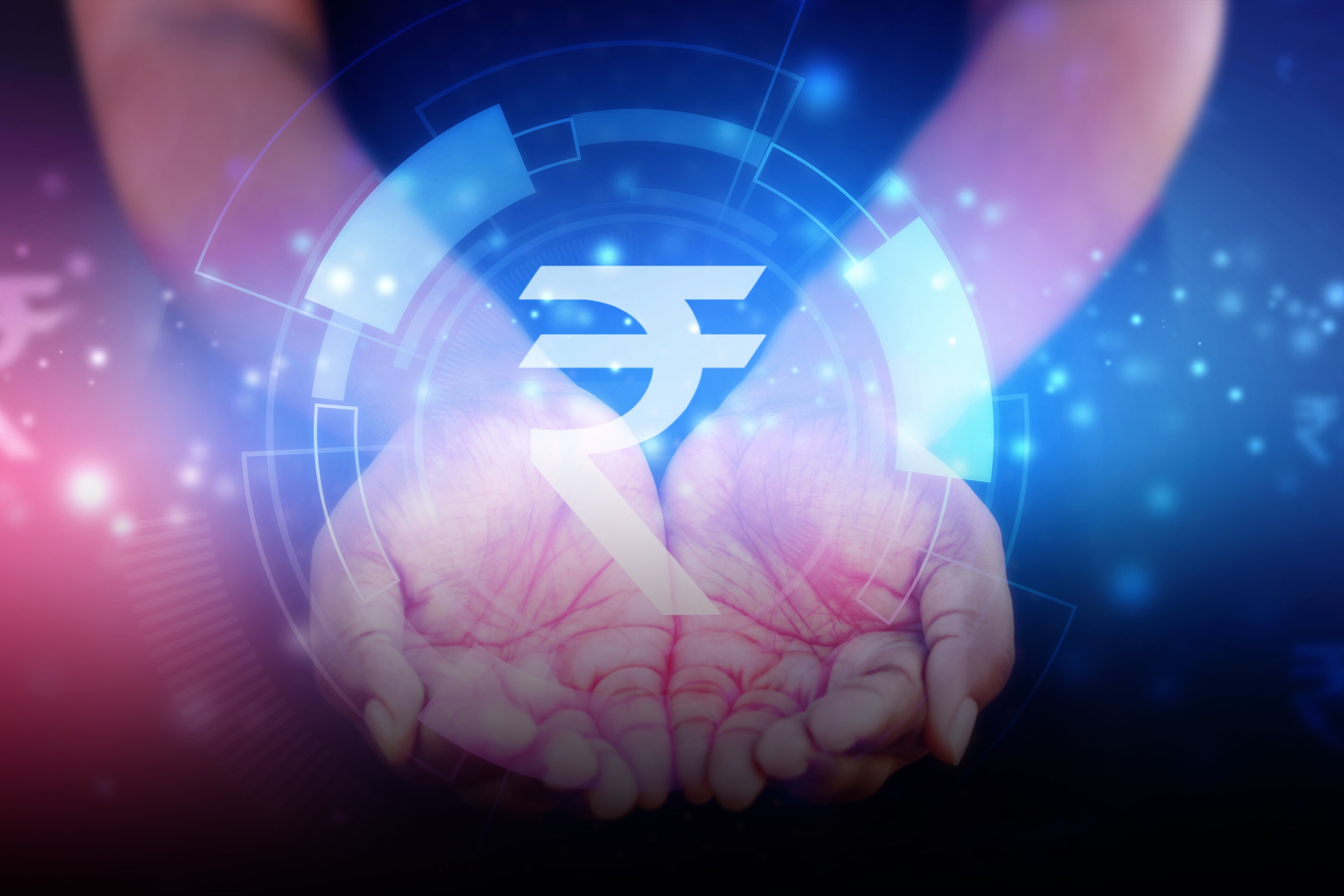EY refers to the global organization, and may refer to one or more, of the member firms of Ernst & Young Global Limited, each of which is a separate legal entity. Ernst & Young Global Limited, a UK company limited by guarantee, does not provide services to clients.
Ease of doing business is the key to fostering entrepreneurship, innovation, investment, competitiveness and enabling faster economic growth. Simplifying and maintaining a business-friendly environment is a pre-requisite to a fast growth path.
Improving ease-of-doing-business has been a key focus area of the GoI. Steps like the introduction of GST, implementation of the insolvency code, leveraging digital tools and making tax assessments faceless, IT-enablement of many processes for getting permits and certificates, simplification of labor laws, repealing several old laws to lower the regulatory burden, are all steps in the direction of making it easier to do business in India.
Enforceability of Indian Contract Act
Our survey highlighted that the single biggest constraint to ease of doing business in India is its inability to enforce contracts effectively and resolve disputes. One of the outcomes of this weakness is that some areas have now become over-regulated. A recent EY report, “Opportunities and expectations of MNCs” listed this among the four key issues for ease of doing business in India. Given the potential economic and social multipliers of a well-functioning legal system, timely dispute resolution and confidence in contract enforcement would go a long way in driving economic growth.
Payment of taxes
Over the last few years, India has undertaken consistent and focused tax policy initiatives that include moderating direct tax rates, rationalizing the current tax law for simplicity and clarity, bringing technology-backed transparent administration and ease of compliance for taxpayers, and minimizing potential litigation. While the above changes have made it easier to do business in India, there continue to be issues which lead to tax uncertainty. There are instances of tax disputes often due to aggressive positions that may be taken. Further, at times, the rules are drafted in a manner that leads to ambiguity in interpretation. There can be delays in resolving these through Alternate Dispute Resolution (ADR) mechanisms, due to inadequate capacity/resources.
Decriminalization of economic laws/offences
In some economic regulations, even for minor transgressions, instead of using financial penalties as a tool to ensure enforcement, often the laws provide for criminal penalties. Such provisions increase uncertainty, hamper decision-making, and can also be a tool for harassment. The GoI is cognizant of this issue and is taking suitable steps to decriminalize laws. Faster and more focused action is required since each provision that needs to be decriminalized needs to be studied carefully and the amendments go through a parliamentary process.
Similarly, from an ease of doing business perspective, there are a few other areas where businesses are challenged, such as compliance with environmental regulations or regulations related to trading across borders. While this continues to be an important agenda item of the GoI, relentless focus of the Government is required for faster progress.











